Higher Education at An Inflection Point
The number of U.S. high school graduates is projected to peak at approximately 3.8 million in 2025, followed by a steady decline of about 13% by 2041 (Looming Declines in High-School Grads Will Mark ‘Inflection Point’ for Higher Ed). This anticipated downturn poses significant challenges for higher education institutions, many of which are already grappling with financial strains and enrollment declines.
Over the past decade, numerous universities have faced financial difficulties due to declining enrollments and reduced government support. For instance, from the 2007-08 to the 2017-18 academic years, tuition and fees rose by 65% at four-year public colleges and by 49% at private institutions, partly to offset decreased funding. Despite these increases, many institutions continue to struggle financially, leading to staff reductions, program cuts, and, in some cases, campus closures.
Undergraduate enrollment has been on a downward trajectory since 2010, when it peaked at approximately 18.1 million students. By 2021, this number had declined to about 15.4 million, marking a 15% decrease. The COVID-19 pandemic exacerbated this trend, with undergraduate enrollment dropping by nearly 6% between fall 2019 and fall 2023. While graduate enrollment saw a modest increase during this period, it was insufficient to counterbalance the overall decline.
The anticipated reduction in high school graduates is expected to intensify existing challenges for colleges and universities. Institutions heavily reliant on tuition revenue may face heightened financial pressures, potentially leading to further tuition hikes, program eliminations, and staff layoffs. Smaller colleges and those with less diversified funding sources are particularly vulnerable, with some at risk of closure.
To navigate this evolving landscape, higher education institutions may need to implement strategic measures such as:
Enhancing Recruitment Efforts: Broadening outreach to non-traditional students, including adult learners and international students, to diversify the student body.
Expanding Online and Flexible Learning Options: Developing online programs and flexible learning schedules to attract working professionals and other non-traditional students.
Strengthening Partnerships: Collaborating with community colleges, businesses, and industries to create pathways that align educational offerings with labor market needs.
Focusing on Retention: Implementing support services aimed at improving student retention and graduation rates, thereby maximizing existing enrollment.
By proactively addressing these challenges, colleges and universities can better position themselves to adapt to demographic shifts and sustain their financial health in the coming decades.


